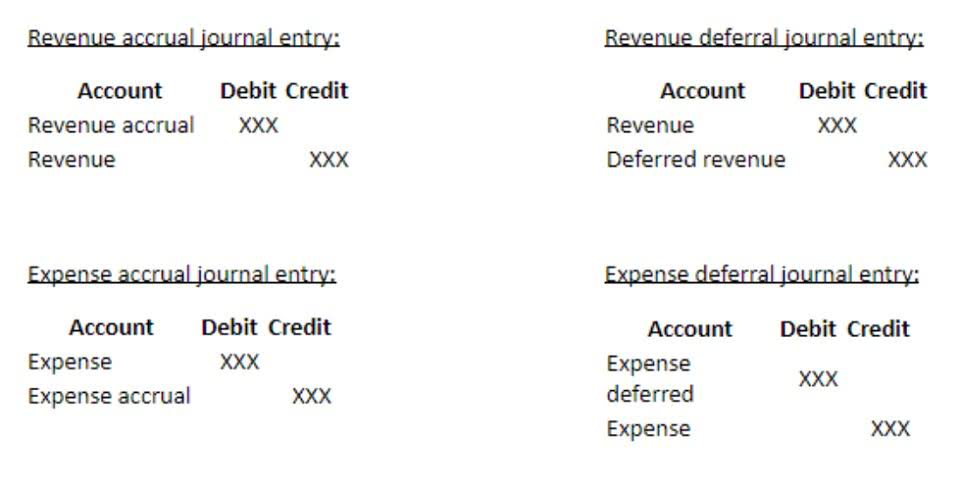
Multi-entity accounting requires meticulous tracking and reconciliation to ensure transactions between entities are accurately reflected in the financial statements. Eliminating these intercompany transactions is crucial to avoid inflating revenue and expenses, demanding a detailed and systematic approach. Consolidation is the process of combining financial data from multiple entities into unified reports. In QBO, this often requires third-party tools or integrations, as native multi-entity consolidation is limited23. Additionally, Sage Intacct offers the flexibility to create both entity-specific and consolidated reports, which can be customized to meet regulatory requirements in different regions. This level of customization supports compliance and provides executives with the insights they need to manage the organization effectively.
Sage

Of course, there are variations of accounting practices among entities that necessitate a concerted effort to standardize accounting methods for consolidation purposes. This standardization ensures that financial statements are prepared on a comparable basis, enhancing the reliability of consolidated financial information for stakeholders. Consolidate financial data, generate reports faster, and gain real-time performance insights across all your QuickBooks Accountant business units. By unifying your accounting across all entities, you reduce complexity and unlock a new level of control over your financial data.

Can multi-entity accounting be integrated with other business systems?
- From initial setup to ongoing support, BPM helps ensure that Sage Intacct’s capabilities are aligned with your organization’s specific needs.
- Multi-entity businesses require high-level financial visibility to allocate capital, assess performance, and support board reporting.
- Multi-entity accounting is particularly critical for multinational corporations, holding companies, private equity firms, and franchise businesses that need to understand their collective financial position.
- Following these best practices empowers CFOs to not only meet reporting requirements but also provide valuable insights that drive better decisions and support growth.
In this post, we’ll discuss what multi-entity accounting is, how to execute an efficient multi-entity accounting process, best practices, and how to choose a multi-entity accounting software solution. In addition, small business accounting software like QuickBooks requires users to create separate accounts for each entity, which is expensive and slows down the monthly close process. You heard it here first folks, multi-entity accounting software can automatically make currency conversions in real-time. Multi-entity accounting software can help this process of multi-entity consolidation and do a lot of the heavy lifting for you by automating processes that used to take hours. A multi-entity company or organisation is simply one that has multiple subsidiaries, operations or locations, usually controlled by a parent company.

Challenges in Multi-GAAP Reporting
By eliminating manual data entry and calculations, finance teams can reduce close times by 30-50%. Automating financial consolidation using software solutions like Reach Reporting or other cloud-based tools drastically improves efficiency. Automation handles intercompany eliminations, currency conversions, and adjustments required for accurate consolidated reports. The https://www.bookstime.com/ process includes eliminating intercompany transactions and reconciling accounts between subsidiaries without standardized accounting practices.
Intercompany Transactions
- These statements aggregate the financial data from all entities within the group, eliminating intercompany transactions and balances to provide a clear picture of the group’s overall financial status.
- This provides more organized and structured reporting, particularly for businesses that need to track data across multiple levels of operations.
- For organizations managing multiple subsidiaries, locations or entities, handling financial operations across units can become increasingly complex.
- Microsoft Dynamics 365 is an ERP solution designed for multi-entity organizations.
- To scale effectively, you need shared accounting policies and a standardized chart of accounts.
This automation multi entity accounting reduces the risk of errors and helps ensure that all intercompany activities are accurately recorded and reconciled. Multi-entity reporting and multi-entity consolidation serve different purposes despite both dealing with financial data from multiple entities. Multi-entity reporting maintains separate financial statements for each entity, preserving their individual identities.


Recent Comments